M. Parisa Beham
Remote Sensing Based Crop Health Classification Using NDVI and Fully Connected Neural Networks
Apr 11, 2025Abstract:Accurate crop health monitoring is not only essential for improving agricultural efficiency but also for ensuring sustainable food production in the face of environmental challenges. Traditional approaches often rely on visual inspection or simple NDVI measurements, which, though useful, fall short in detecting nuanced variations in crop stress and disease conditions. In this research, we propose a more sophisticated method that leverages NDVI data combined with a Fully Connected Neural Network (FCNN) to classify crop health with greater precision. The FCNN, trained using satellite imagery from various agricultural regions, is capable of identifying subtle distinctions between healthy crops, rust-affected plants, and other stressed conditions. Our approach not only achieved a remarkable classification accuracy of 97.80% but it also significantly outperformed conventional models in terms of precision, recall, and F1-scores. The ability to map the relationship between NDVI values and crop health using deep learning presents new opportunities for real-time, large-scale monitoring of agricultural fields, reducing manual efforts, and offering a scalable solution to address global food security.
Analysing Osteoporosis Detection: A Comparative Study of CNN and FNN
Oct 11, 2024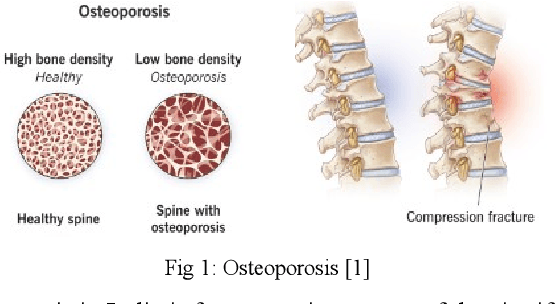

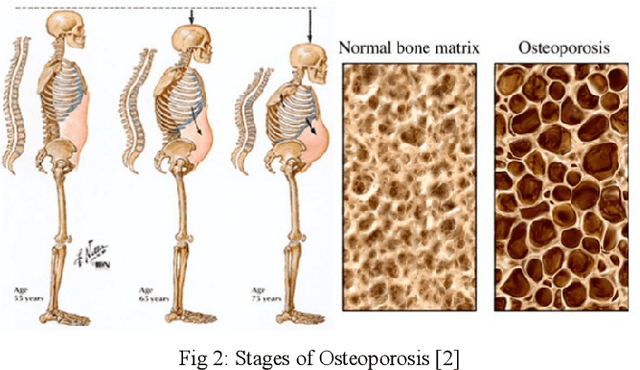
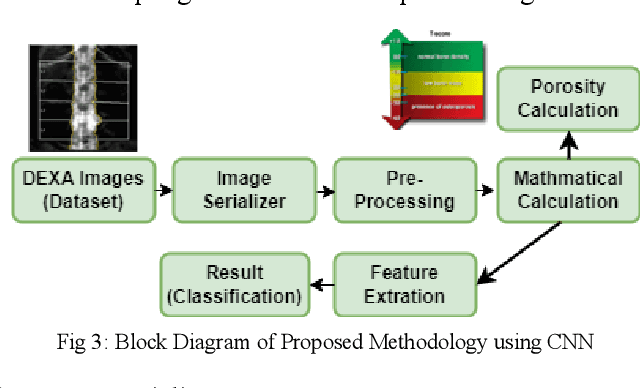
Abstract:Osteoporosis causes progressive loss of bone density and strength, causing a more elevated risk of fracture than in normal healthy bones. It is estimated that some 1 in 3 women and 1 in 5 men over the age of 50 will experience osteoporotic fractures, which poses osteoporosis as an important public health problem worldwide. The basis of diagnosis is based on Bone Mineral Density (BMD) tests, with Dual-energy X-ray Absorptiometry (DEXA) being the most common. A T-score of -2.5 or lower defines osteoporosis. This paper focuses on the application of medical imaging analytics towards the detection of osteoporosis by conducting a comparative study of the efficiency of CNN and FNN in DEXA image analytics. Both models are very promising, although, at 95%, the FNN marginally outperformed the CNN at 93%. Hence, this research underlines the probable capability of deep learning techniques in improving the detection of osteoporosis and optimizing diagnostic tools in order to achieve better patient outcomes.
AIM 2020: Scene Relighting and Illumination Estimation Challenge
Sep 27, 2020
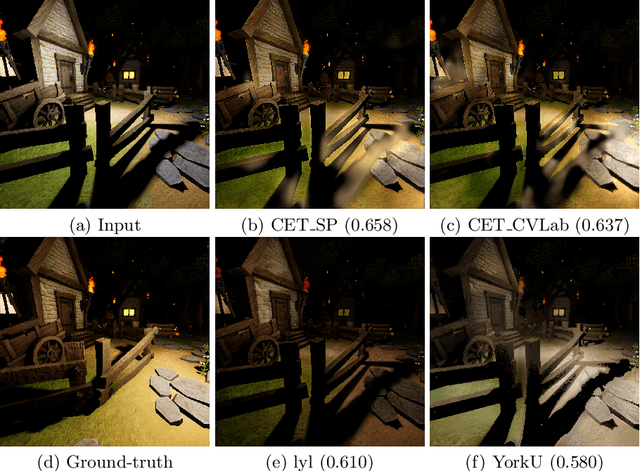

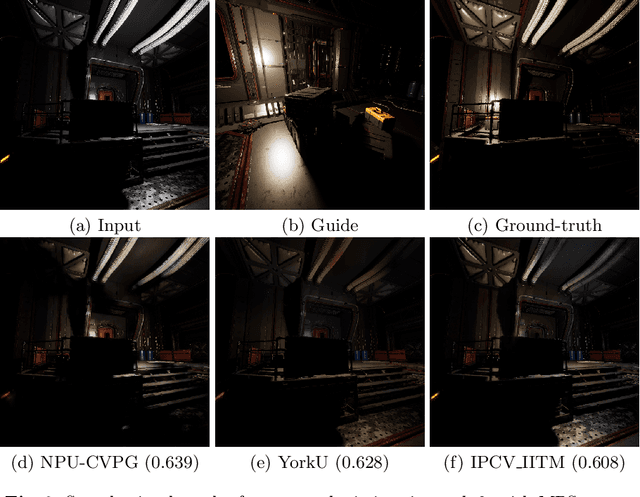
Abstract:We review the AIM 2020 challenge on virtual image relighting and illumination estimation. This paper presents the novel VIDIT dataset used in the challenge and the different proposed solutions and final evaluation results over the 3 challenge tracks. The first track considered one-to-one relighting; the objective was to relight an input photo of a scene with a different color temperature and illuminant orientation (i.e., light source position). The goal of the second track was to estimate illumination settings, namely the color temperature and orientation, from a given image. Lastly, the third track dealt with any-to-any relighting, thus a generalization of the first track. The target color temperature and orientation, rather than being pre-determined, are instead given by a guide image. Participants were allowed to make use of their track 1 and 2 solutions for track 3. The tracks had 94, 52, and 56 registered participants, respectively, leading to 20 confirmed submissions in the final competition stage.
NTIRE 2020 Challenge on Image Demoireing: Methods and Results
May 06, 2020



Abstract:This paper reviews the Challenge on Image Demoireing that was part of the New Trends in Image Restoration and Enhancement (NTIRE) workshop, held in conjunction with CVPR 2020. Demoireing is a difficult task of removing moire patterns from an image to reveal an underlying clean image. The challenge was divided into two tracks. Track 1 targeted the single image demoireing problem, which seeks to remove moire patterns from a single image. Track 2 focused on the burst demoireing problem, where a set of degraded moire images of the same scene were provided as input, with the goal of producing a single demoired image as output. The methods were ranked in terms of their fidelity, measured using the peak signal-to-noise ratio (PSNR) between the ground truth clean images and the restored images produced by the participants' methods. The tracks had 142 and 99 registered participants, respectively, with a total of 14 and 6 submissions in the final testing stage. The entries span the current state-of-the-art in image and burst image demoireing problems.
Moire Image Restoration using Multi Level Hyper Vision Net
Apr 18, 2020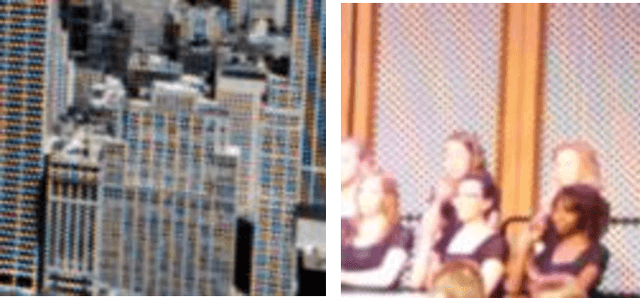

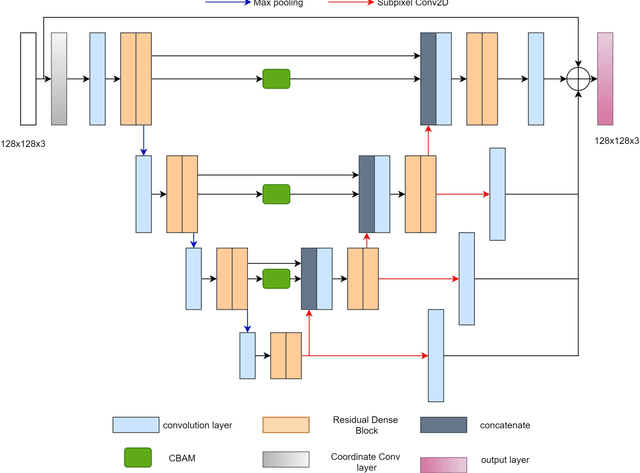
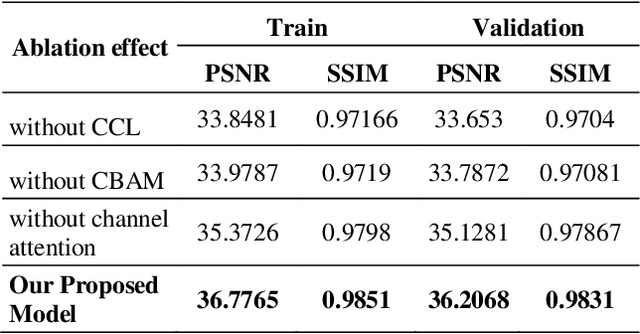
Abstract:A moire pattern in the images is resulting from high frequency patterns captured by the image sensor (colour filter array) that appear after demosaicing. These Moire patterns would appear in natural images of scenes with high frequency content. The Moire pattern can also vary intensely due to a minimal change in the camera direction/positioning. Thus the Moire pattern depreciates the quality of photographs. An important issue in demoireing pattern is that the Moireing patterns have dynamic structure with varying colors and forms. These challenges makes the demoireing more difficult than many other image restoration tasks. Inspired by these challenges in demoireing, a multilevel hyper vision net is proposed to remove the Moire pattern to improve the quality of the images. As a key aspect, in this network we involved residual channel attention block that can be used to extract and adaptively fuse hierarchical features from all the layers efficiently. The proposed algorithms has been tested with the NTIRE 2020 challenge dataset and thus achieved 36.85 and 0.98 Peak to Signal Noise Ratio (PSNR) and Structural Similarity (SSIM) Index respectively.
Hyper Vision Net: Kidney Tumor Segmentation Using Coordinate Convolutional Layer and Attention Unit
Aug 09, 2019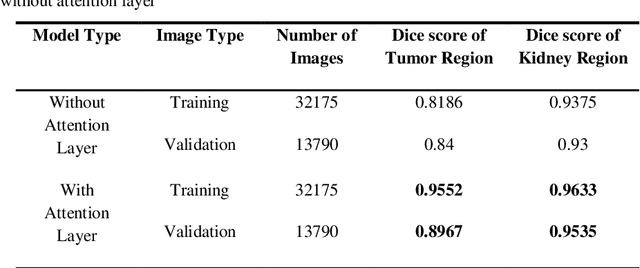
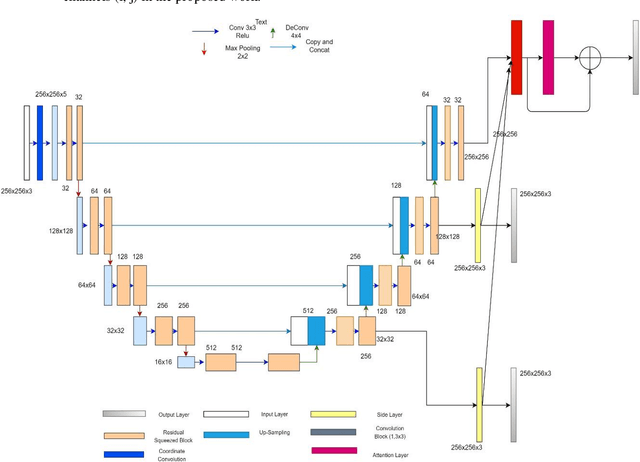
Abstract:KiTs19 challenge paves the way to haste the improvement of solid kidney tumor semantic segmentation methodologies. Accurate segmentation of kidney tumor in computer tomography (CT) images is a challenging task due to the non-uniform motion, similar appearance and various shape. Inspired by this fact, in this manuscript, we present a novel kidney tumor segmentation method using deep learning network termed as Hyper vision Net model. All the existing U-net models are using a modified version of U-net to segment the kidney tumor region. In the proposed architecture, we introduced supervision layers in the decoder part, and it refines even minimal regions in the output. A dataset consists of real arterial phase abdominal CT scans of 300 patients, including 45964 images has been provided from KiTs19 for training and validation of the proposed model. Compared with the state-of-the-art segmentation methods, the results demonstrate the superiority of our approach on training dice value score of 0.9552 and 0.9633 in tumor region and kidney region, respectively.
 Add to Chrome
Add to Chrome Add to Firefox
Add to Firefox Add to Edge
Add to Edge